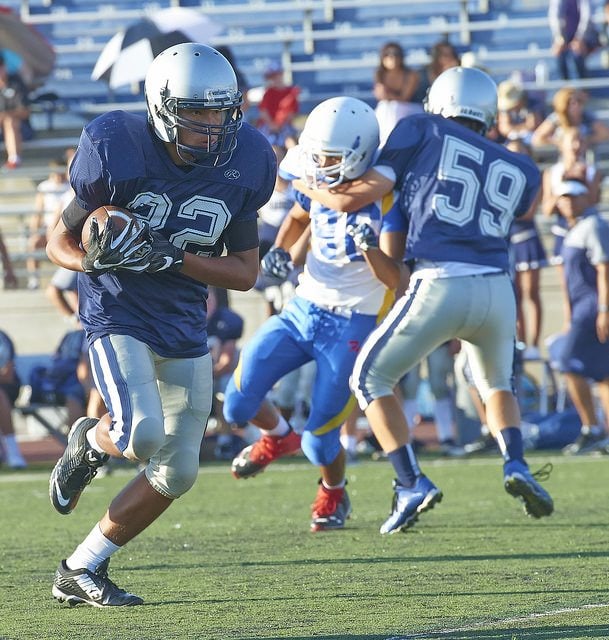Want to know the best football helmet to protect against complicated concussions in high school football?
How about the football helmet that fits properly?
While no helmet can be 100% protective against a concussion, a Sports Health study finds that the best helmets may be the ones that fit.
When Athletic Trainers evaluated helmet fit in high school players around the United States, athletes with poorly fit helmet:
- Averaged more symptoms with a concussion
- Experienced symptoms lasting greater than a week
Did internal helmet liner type (air bladder, foam, or gel) matter?
- The type of liner was not associated with either number of symptoms or proportion of helmets with improper fit.
Neck muscle activation has been previously studied as a protective mechanism for reducing concussion.
- A helmet not secured properly to the head may limit neck muscles reducing rotational forces transmitted from the helmet to the brain.
- A loose helmet may also delay neck muscle contraction response to an impact
Click here for more information on the role of neck muscle activation in reducing concussion
Particular challenges in maintaining proper fit include:
- Varying fit with sweat or playing in wet conditions
- Altering hair styles (including shaving of head after initial helmet fit)
- Articles worn under helmet or liner (bandanas, hoods, google or glasses straps)
- Potential leakage of air bladder resulting in insufficient inflation
- Damage to internal liners from direct impact or improper care of helmet
Click here for an instructive PDF on a step-wise evaluation for proper helmet fit
Bottom line: Helmet fit is not just an early season exercise. Best football helmets are the ones checked weekly by players and team officials. This check should include inflation of loose air bladders and replacement of any damaged pads, liners, or straps.


